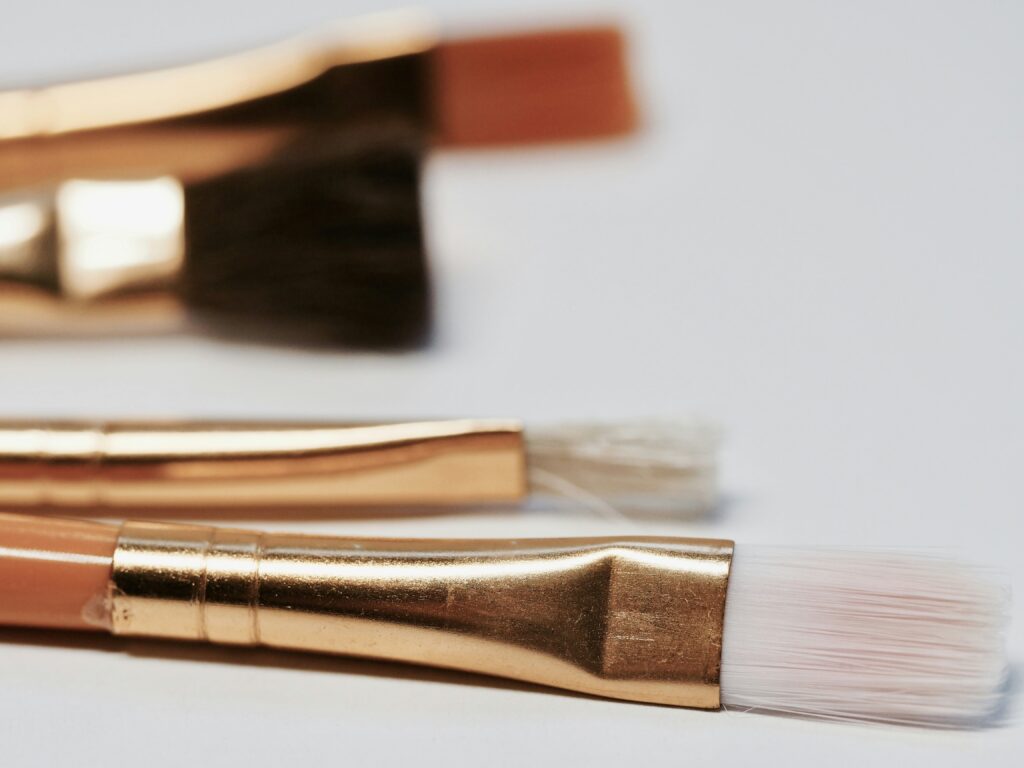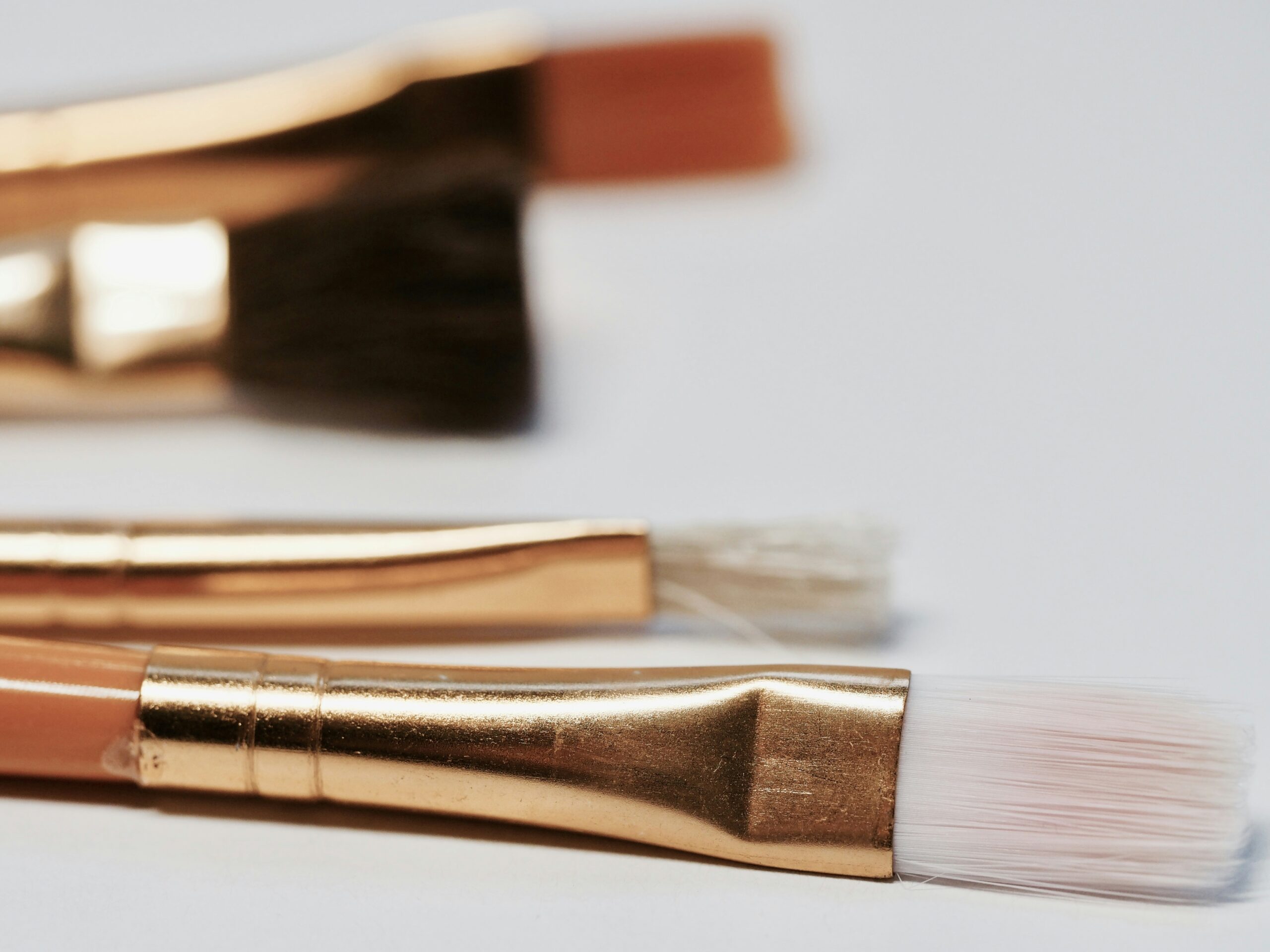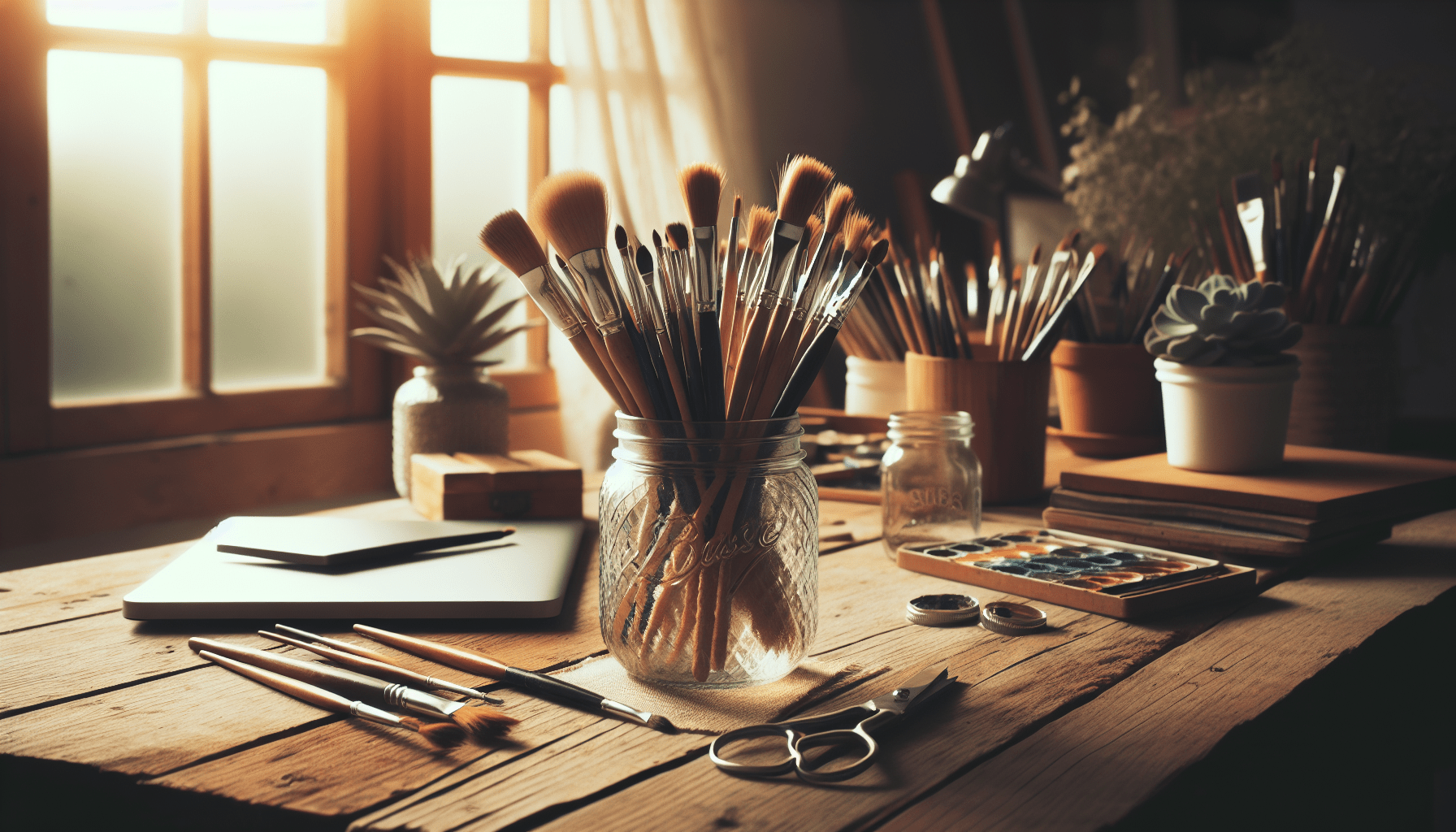Whether you’re a professional artist, a casual painter, or a DIY enthusiast dealing with home improvements, you all undoubtedly understand the frustration that ensues when a perfectly good paintbrush dries out prematurely. The article “How To Keep A Paint Brush From Drying Out” affords you an array of practical solutions to this common problem. In it, you’ll find a plethora of carefully researched and expertly explained methods, both preventive and remedial, for maintaining the longevity and effectiveness of your paintbrushes.
Cleaning the Brush Properly
Cleaning your brush properly not only ensures the longevity of your brush but also guarantees that no unwanted color mix or discoloration occurs the next time you use the brush.
Remove excess paint
Firstly, remove all excess paint before cleaning the brush. You can use a rag or a tissue and gently dab or wipe over the bristles until no more color is coming out. This initial process of excess paint removal is essential and ensures your brush will be thoroughly clean after following the following steps.
Use warm water for water-based paints
If you’ve been using water-based paints, a warm stream of water will be your best ally in removing the paint residues. Always remember to use a soft and gentle touch. Excessive force or temperature can weaken and damage the brush bristles over time.
Use mineral spirits for oil-based paints
Oil-based paints, on the other hand, need stronger cleaning agents like mineral spirits. These potent solvents can dissolve oil paint that water is unable to remove. After using the mineral spirits, ensure you rinse your brushes clean with plenty of water to prevent the bristles from drying out.
Using a Brush Cleaner or Conditioner
Brush cleaners or conditioners inject new life into your paintbrushes and protect them from the daily wear and tear of painting.
Choose a suitable brush cleaner
When choosing a brush cleaner or conditioner, look for products specific to your brush type and paint medium. Good quality cleaners can remove dried paint and restore the softness of your brush bristles.
Soak the brush in the cleaner
Immerse your brushes in the cleaner thoroughly for an optimal cleaning result. Do not rush this process as the cleaner needs to penetrate and break down every particle of paint.
Rinse and reshape the bristles
After soaking, rinse the brushes under warm water. While doing so, very gently reshape your brush bristles to their original form to avoid any deformities when drying.

Wrapping the Brush
Wrapping the brush after cleaning can help retain its shape and protect the bristles.
Wrap the brush with plastic wrap
You can wrap your clean, damp brushes in plastic wrap. The wrap helps keep the bristles in shape while they dry and prevents dust from settling on the brushes.
Use aluminum foil for longer storage
However, if you are storing your brushes for a longer period, the aluminum foil is a better choice than plastic. It’s because the foil allows for some breathability, thus preventing potential mold build-up.
Store in an airtight container
To store brushes for an extended period, after wrapping them, place your brushes in an airtight container. This step helps to prevent dust accumulation and possible damage from other tools or items.
Storing in a Brush Holder or Case
Storing your brushes in a holder or case can be beneficial in more ways than one.
Choose a suitable brush holder or case
Choose a holder or case that is designed to store paint brushes. They usually come with slots that allow you to insert each brush separately, thereby preventing the bristles from getting squished against each other.
Ensure proper ventilation and air circulation
Make sure the brush holder or case provide proper ventilation and air circulation. It prevents moisture build-up, which could potentially damage the brushes.
Keep brushes upright to prevent deformation
Always store your brushes upright to prevent the bristles from bending or deforming over time. It’s applicable to brushes that are already completely dry.

Using a Brush Suspension System
A brush suspension system can be a worthwhile investment for those serious about brush maintenance.
Hang the brush with a suspension system
You can hang your brushes, ensuring the bristles point downwards. The gravity helps wick away the water from the bristles, thus speeding up the drying process and maintaining the bristle tips’ shape.
Secure the brush handle with a hook or clip
Secure each brush handle to a hook or clip. Make sure the brush is not too tight or loose to avoid straining the bristles or letting the brushes slip off and fall.
Avoid bending or crushing the bristles
Ensure that the brushes are hanging freely and not touching any surface, which could bend or crush the bristles.
Reviving a Dried Brush
With the right technique, even a dried brush can be revived and reused.
Soak the brush in brush cleaner or warm water
soak the dried brush in a brush cleaner solution or warm water. Allow it to soak for several hours to dissolve hardened paint.
Gently comb or massage the bristles
After soaking, gently comb or massage the bristles to loosen any remaining flaky paint. Always follow the natural direction of the bristles to prevent any damage.
Reshape the bristles and let them dry naturally
Finally, reshape the bristles while they are still damp. Never use a heat source to accelerate the drying process as it may damage the brush’s fibers and glue.

Applying a Brush Preservative
A brush preservative can add more years to your brush’s life and keep it in the best possible condition.
Choose a suitable brush preservative product
Choose a brush preservative product that is recommended by professionals and proven to help protect and extend the lifespan of brushes.
Apply the preservative according to instructions
Apply the brush preservative according to the product instructions. Remember, some preservatives need to be rinsed out before use, while others can be left on the brush.
Store the brush in a protective holder
After applying, store your brush in a protective holder. It will not only shield your brushes from dust and physical damage but also allows the preservative to work effectively.
Preventing Drying During Painting Sessions
During painting sessions, your brush also requires care and attention.
Keep a moist cloth or paper towel nearby
Keep a moist cloth or paper towel nearby. Regularly wiping the brush prevents the paint from drying on the brush and maintains its workability.
Clean and moisten the brush regularly
It’s vital to regularly clean your brush and keep it moist to avoid the paint from hardening and ruining your work.
Avoid leaving the brush exposed to air for too long
Lastly, avoid leaving your brush exposed to air for too long. Always cover or wrap it when taking breaks to prevent the paint from drying on the brush.

Avoiding Excessive Heat or Sunlight
Excessive heat or sunlight can damage your paintbrushes, making them brittle and unusable.
Store brushes in a cool and dry place
Always store your brushes in a cool and dry place. It will help protect your brushes from heat-related problems and any potential damage from moisture.
Avoid exposing brushes to direct sunlight
Avoid placing your brushes in areas that receive direct sunlight. Constant exposure to sunlight can cause the brushes to dry out and become brittle.
Keep brushes away from heat sources
Also, keep your brushes away from any heat sources like radiators, heaters, or open fires. The heat can melt the glue that holds the bristles in place, causing them to shed.
Replacing Damaged or Worn Brushes
Sometimes, no matter how well you take care of your brushes, they can get damaged or worn out and may need replacement.
Regularly assess the condition of brushes
Regularly assess the condition of your brushes and lookout for signs of damage or wear. Signs could include frayed bristles, paint accumulation at the base, or shedding bristles.
Dispose of severely damaged brushes
For brushes that are severely damaged, it’s usually best to dispose of them. However, these brushes can be kept for rough use or unconventional techniques.
Invest in high-quality brushes for longevity
Lastly, investing in high-quality brushes could mean a higher upfront cost, but it will pay off in the long term due to their durability and longevity. Good-quality brushes also guarantee better results, making your painting experience more enjoyable and smooth.
In conclusion, storing paint brushes properly may seem like a daunting task. But with these steps, you can ensure longer brush life, save money, and enjoy a hassle-free painting experience. It’s about time we start seeing our brushes not just as a tool, but as an investment worth caring for.



